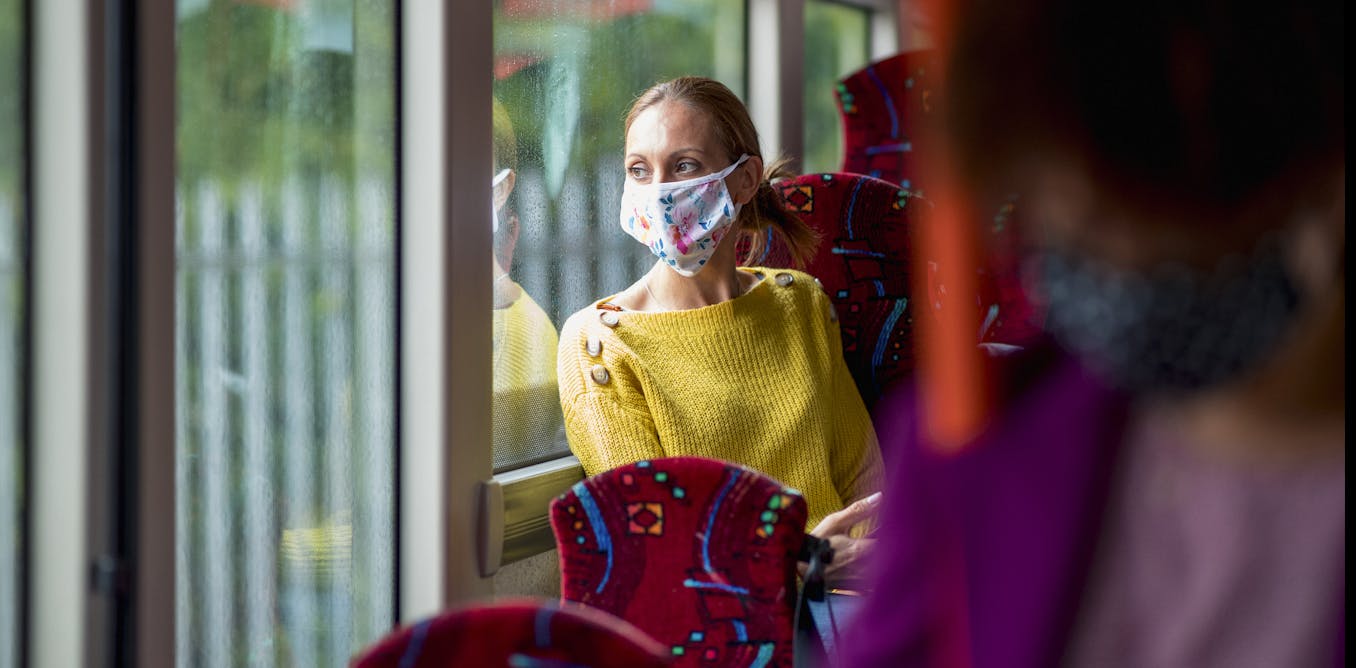How virus detectives trace the origins of an outbreak – and why it's so tricky
Bat hosts, lab leaks – tracing SARS-CoV-2 to its origins involves more than just tracking down patient zero.
Marilyn J. Roossinck, Professor of Plant Pathology and Environmental Microbiology, Penn State •
conversation
June 7, 2021 • ~11 min
June 7, 2021 • ~11 min





